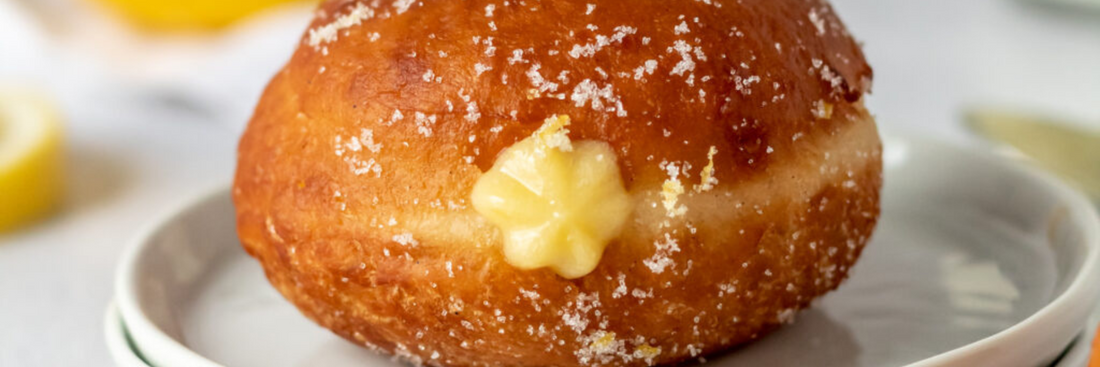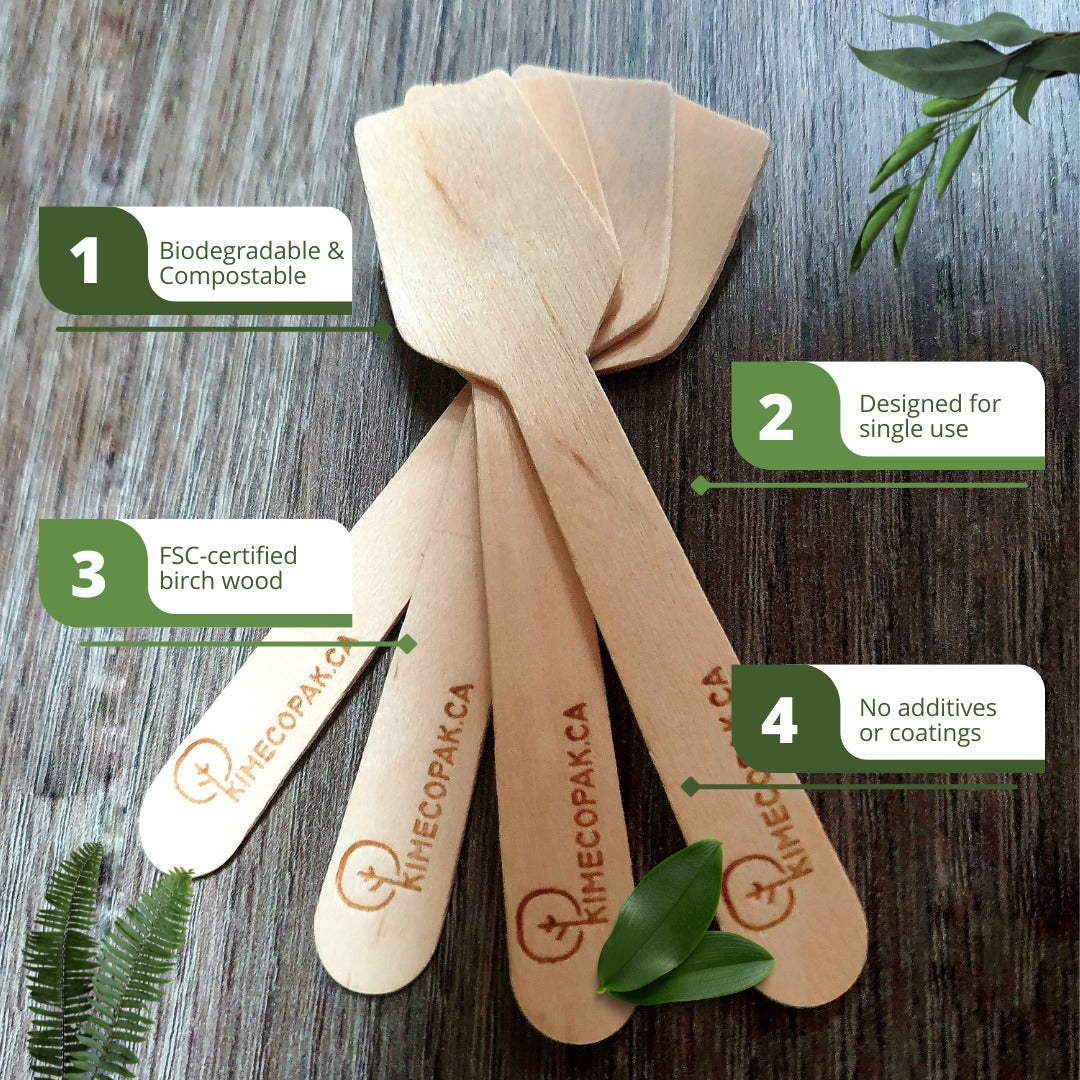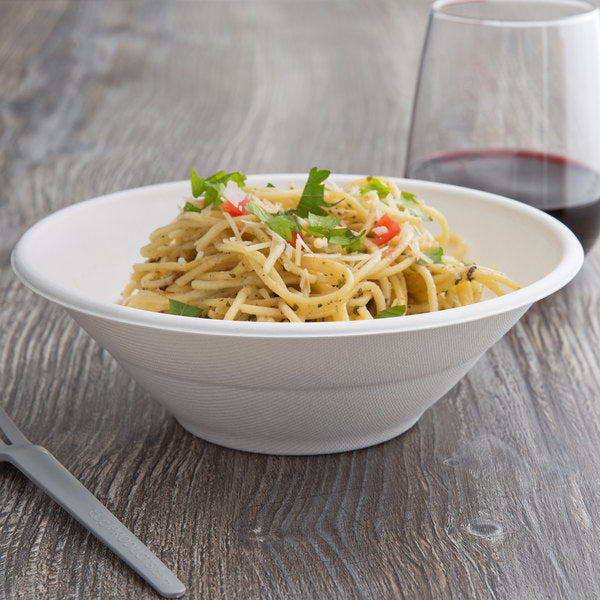Vanilla cream donuts, also known as Bavarian cream donuts, are soft yeast donuts filled with rich, smooth vanilla custard. Fried to a golden crisp outside and light inside, these treats combine warm dough with cool, creamy filling for a perfect bite. This recipe includes tips for frying, filling, and storing to help you make the best homemade vanilla cream donuts.
- Donut Flavors: Explore the Best, New, and Unique Tastes of 2025
- How to Make a Perfect Fluffy Donuts at Home
- Donut Fillings: Delicious and Easy-to-Make Donut Filling Ideas
Vanilla Cream Donut Recipe Overview

Vanilla cream donuts are a delightful treat featuring soft, fluffy yeast-raised dough filled with a rich, smooth vanilla cream filling. These donuts are fried to golden perfection, then generously filled with a luscious vanilla custard or cream that melts in your mouth. Often finished with a dusting of sugar or a light glaze, vanilla cream donuts offer a perfect balance of airy dough and indulgent filling, making them a favorite for breakfast, dessert, or any special occasion.
This recipe typically involves two main components: the yeast dough for the donuts and the creamy vanilla filling made from egg yolks, milk, sugar, cornstarch, and real vanilla. The dough is proofed twice for a tender texture, fried at the right temperature for a light crust, and filled once cooled to prevent melting the cream. The vanilla cream filling is cooked on the stovetop until thickened, chilled, and sometimes whipped for extra lightness before piping into the donuts.
Vanilla Cream Donut Ingredients
Donut Dough Ingredients
- ½ cup milk (warm)
- ¼ cup unsalted butter (cubed)
- 1 package active dry or instant yeast (about 2 ¼ teaspoons)
- ½ cup granulated sugar
- 2 ¼ cups all-purpose flour (divided)
- 1 large egg (lightly beaten)
- 1 teaspoon vanilla bean paste or pure vanilla extract
- ½ teaspoon salt (optional depending on recipe)
- Oil for frying (vegetable, canola, or sunflower oil)
Vanilla Cream Filling Ingredients
- 2 cups whole milk
- 5 large egg yolks
- ¼ cup cornstarch
- ½ cup granulated sugar
- ½ teaspoon salt
- 1 tablespoon vanilla bean paste or pure vanilla extract
- 3 tablespoons unsalted butter (cold)
Optional Sugar Coating
- ½ cup granulated sugar
- 1 teaspoon vanilla bean paste (for vanilla sugar)
- Cinnamon sugar or powdered sugar for dusting
Step-by-Step Instructions for Making the Donuts
- Activate the Yeast:
Warm the milk to about 110°F (43°C). In the bowl of a stand mixer, combine the warm milk, yeast, and a tablespoon of sugar. Let it sit for 5–10 minutes until foamy and activated. - Mix the Dough:
Add the remaining sugar, eggs, melted butter, vanilla extract or vanilla bean paste, salt, and about half of the flour to the yeast mixture. Mix on low speed to combine. - Knead the Dough:
Gradually add the remaining flour and knead with the dough hook attachment on medium speed for 5–10 minutes until the dough is smooth, elastic, and slightly sticky but pulls away from the sides of the bowl. - First Proofing:
Transfer the dough to a lightly greased bowl, cover with plastic wrap or a damp towel, and let it rise in a warm place for 1 to 2 hours, or until doubled in size. - Shape the Donuts:
Turn the risen dough onto a floured surface. Roll it out to about ½ inch thickness. Cut rounds using a donut cutter or a round cookie cutter. - Second Proofing:
Place the cut dough rounds on a baking sheet lined with parchment paper. Cover loosely and let them rise again for 30 to 45 minutes until puffy. - Fry the Donuts:
Heat vegetable oil in a deep fryer or large pot to 350°F (175°C). Fry the donuts in batches for about 1 to 2 minutes per side until golden brown. Use a slotted spoon to remove and drain on paper towels. - Cool Before Filling:
Allow the donuts to cool completely on a wire rack before filling to prevent melting the cream filling.
How to Make the Vanilla Cream Filling
- Whisk Egg Mixture:
In a bowl, whisk together egg yolks, sugar, cornstarch, and salt until smooth and pale. - Heat Milk and Vanilla:
In a saucepan, heat the milk with vanilla extract or vanilla bean until just simmering. - Temper the Eggs:
Slowly pour about two-thirds of the hot milk into the egg mixture while whisking constantly to temper the eggs and prevent curdling. - Cook the Custard:
Pour the tempered egg mixture back into the saucepan with the remaining milk. Cook over medium-low heat, whisking constantly until the custard thickens and becomes glossy, about 3–5 minutes. - Strain and Add Butter:
Strain the custard through a fine mesh sieve into a bowl to remove lumps. Stir in cold butter until melted and smooth. - Cool and Chill:
Cover the custard with plastic wrap pressed directly on the surface to prevent a skin from forming. Chill in the refrigerator for at least 2 hours or overnight until fully set. - Optional – Whip Cream:
For a lighter filling, whip cold heavy cream to stiff peaks and gently fold it into the chilled custard before filling the donuts.
Perfectly Fried Donuts
Achieving perfectly fried donuts requires careful attention to oil temperature, frying time, and handling. The ideal frying temperature for yeast-raised donuts is between 350°F and 375°F (177°C to 190°C). Maintaining this temperature range ensures the donuts cook evenly, developing a golden-brown crust without absorbing excess oil or burning.
- Preheat the oil to about 360°F (182°C) before frying. Use a reliable deep-fry or candy thermometer to monitor the temperature closely.
- Do not overcrowd the fryer or pan. Fry donuts in small batches (3–5 at a time) to prevent the oil temperature from dropping too much, which can cause greasy, soggy donuts.
- Fry each side for about 1 to 2 minutes until the donut turns a deep golden brown. Let the underside reach a golden color (about 55 to 60 seconds) before flipping to cook the other side.
- Use a slotted spoon or spider strainer to remove donuts from the oil, allowing excess oil to drain properly. Place them on a wire rack over a baking sheet to drain further and avoid sogginess.
- Avoid flipping donuts multiple times. One flip per side is sufficient for even cooking and a crisp crust.
- Allow donuts to cool slightly before handling or filling to prevent tearing or collapsing.
Following these tips ensures your donuts have a light, airy interior with a crisp, golden exterior and minimal oiliness.
Filling Donuts with Vanilla Cream
Filling donuts with vanilla cream requires the donuts to be completely cooled to prevent the cream from melting or leaking.
- Use a piping bag fitted with a narrow filling tip to inject the vanilla cream smoothly and evenly.
- Create a small hole on the side or bottom of each donut using a skewer, chopstick, or the piping tip itself.
- Pipe the vanilla cream slowly into each donut until you feel a slight resistance or the donut feels heavier, indicating it is well filled.
- Avoid overfilling to prevent the filling from oozing out.
- Optionally, dust filled donuts with powdered sugar, granulated sugar, or dip them in chocolate glaze for added flavor and presentation.
- Serve filled donuts fresh for the best texture and taste, as the cream filling is most enjoyable when freshly piped.
Storing and Freezing Donuts
Storing Filled Donuts
Custard or cream-filled donuts are best enjoyed the day they are made to experience their optimal freshness and texture. Because the filling contains dairy and eggs, these donuts must be stored in the refrigerator to prevent spoilage. Place them in an airtight container to keep the donuts from drying out and to avoid absorbing odors from other foods. Stored this way, filled donuts will stay fresh for 3 to 4 days, though the exterior may become slightly harder and the inside moister due to the cream.
If you plan to eat them later the same day, keeping them at room temperature for a few hours is acceptable, but avoid leaving them out longer than 2 hours to ensure food safety.
Freezing Donuts
Freezing filled donuts is generally not recommended because the creamy filling can separate or become watery when thawed, negatively affecting texture and flavor. If you must freeze them, wrap each donut tightly in plastic wrap and place in an airtight container or freezer bag. Consume within 2 to 3 months for best quality. Thaw frozen donuts slowly in the refrigerator before serving.
For non-filled donuts, freezing is more successful, especially for cake-style donuts, which freeze and thaw better than yeast-raised varieties.
Customizing Your Donuts
Customizing your vanilla cream or custard filled donuts allows you to tailor flavors, textures, and appearance to your liking. Here are some popular ways to personalize your donuts:
- Toppings:
Dust donuts with powdered sugar, cinnamon sugar, or granulated sugar infused with vanilla bean paste for extra aroma. Alternatively, dip filled donuts in chocolate glaze, caramel, or fruit glazes for added richness and visual appeal. - Fillings Variations:
Beyond classic vanilla custard, try chocolate custard, Bavarian cream, fruit preserves, lemon curd, or flavored pastry creams like coffee or matcha for unique twists. - Dough Flavors:
Incorporate citrus zest (lemon or orange) into the dough for a fresh note, or add spices like cinnamon or nutmeg for warmth. - Shapes and Sizes:
Experiment with donut shapes such as rings, filled balls, or bars (Long Johns). Mini donuts are perfect for bite-sized treats or party platters. - Presentation:
Add sprinkles, crushed nuts, or edible flowers on top of glazed donuts for festive occasions. Package them in decorative boxes or cellophane bags tied with ribbons for gift-giving.
Troubleshooting Issues
When making filled donuts like Bavarian cream or custard filled varieties, several common issues can arise. Here are some troubleshooting tips based on expert sources:
- Bavarian Cream is Grainy or Lumpy:
This usually happens when the eggs cook at too high a temperature and curdle. To fix this, cook the custard gently over low heat and avoid boiling. Strain the custard through a fine mesh sieve to remove lumps before chilling. - Donuts Are Flat or Dense:
This often indicates under-proofing or over-proofing. Ensure the dough doubles in size during the first proof. For the second proof, gently poke a dough ball—if the indent slowly springs back but doesn’t fully disappear, it’s ready to fry. Over-proofed dough can collapse, while under-proofed dough won’t rise properly. - Center of Donuts Is Raw:
This can happen if the frying temperature is too high or the donuts are fried too quickly. Use a candy thermometer to maintain oil temperature around 350–360°F (175–182°C). Fry the first donut as a test to adjust time and temperature accordingly. - Donuts Collapse During Second Proofing:
Over-proofing or too warm an environment can cause donuts to collapse. Use a warm but not hot place for proofing and monitor rising times carefully. - Donuts Brown Too Quickly:
If donuts brown too fast but remain raw inside, the oil may be too hot or uneven heating (common with induction hobs). Lower the heat and fry at a consistent temperature. - Donuts Are Too Greasy:
Fry at the correct temperature and avoid overcrowding the fryer, which lowers oil temperature and causes excess oil absorption. - Donuts Are Irregular in Size or Shape:
Let the dough relax before cutting to prevent misshapen donuts. Use sharp cutters and avoid excessive handling or dusting with flour.
Frequently Asked Questions (FAQs)
Q: What is the difference between custard filled donuts and Bavarian cream donuts?
A: Custard filled donuts are typically filled with pastry cream thickened with cornstarch or flour, resulting in a rich and creamy texture. Bavarian cream donuts use crème bavaroise, which is a custard base lightened with whipped cream and often stabilized with gelatin, making it lighter, fluffier, and silkier than traditional custard.
Q: Can I use store-bought custard or cream to fill donuts?
A: Yes, store-bought custard or pastry cream can be used for convenience. However, homemade fillings usually have a fresher taste and better texture. Just ensure the filling is thick enough to hold shape when piped.
Q: How do I prevent the custard from curdling while cooking?
A: Cook the custard over low to medium-low heat and whisk constantly. Avoid boiling the mixture, as high heat causes eggs to scramble. Tempering the eggs by slowly adding warm milk before cooking also helps prevent curdling.
Q: What type of oil is best for frying donuts?
A: Neutral oils with high smoke points like vegetable oil, canola oil, sunflower oil, or peanut oil are ideal for frying donuts. These oils produce a clean flavor and withstand high frying temperatures without breaking down.
Conclusion
There’s nothing quite like the joy of biting into a fresh, homemade vanilla cream donut crispy on the outside, feather-light within, and oozing with luscious vanilla custard. With this tried-and-true recipe, you’re equipped to create bakery-quality donuts in your own kitchen. From mixing and proofing the dough to achieving the perfect golden fry and silky-smooth filling, every step brings you closer to indulgence. Just remember, cool before filling, store with care, and enjoy them fresh for the best taste and texture. Whether you're baking for a special brunch or simply satisfying a sweet craving, these vanilla cream donuts are sure to become a cherished favorite.







